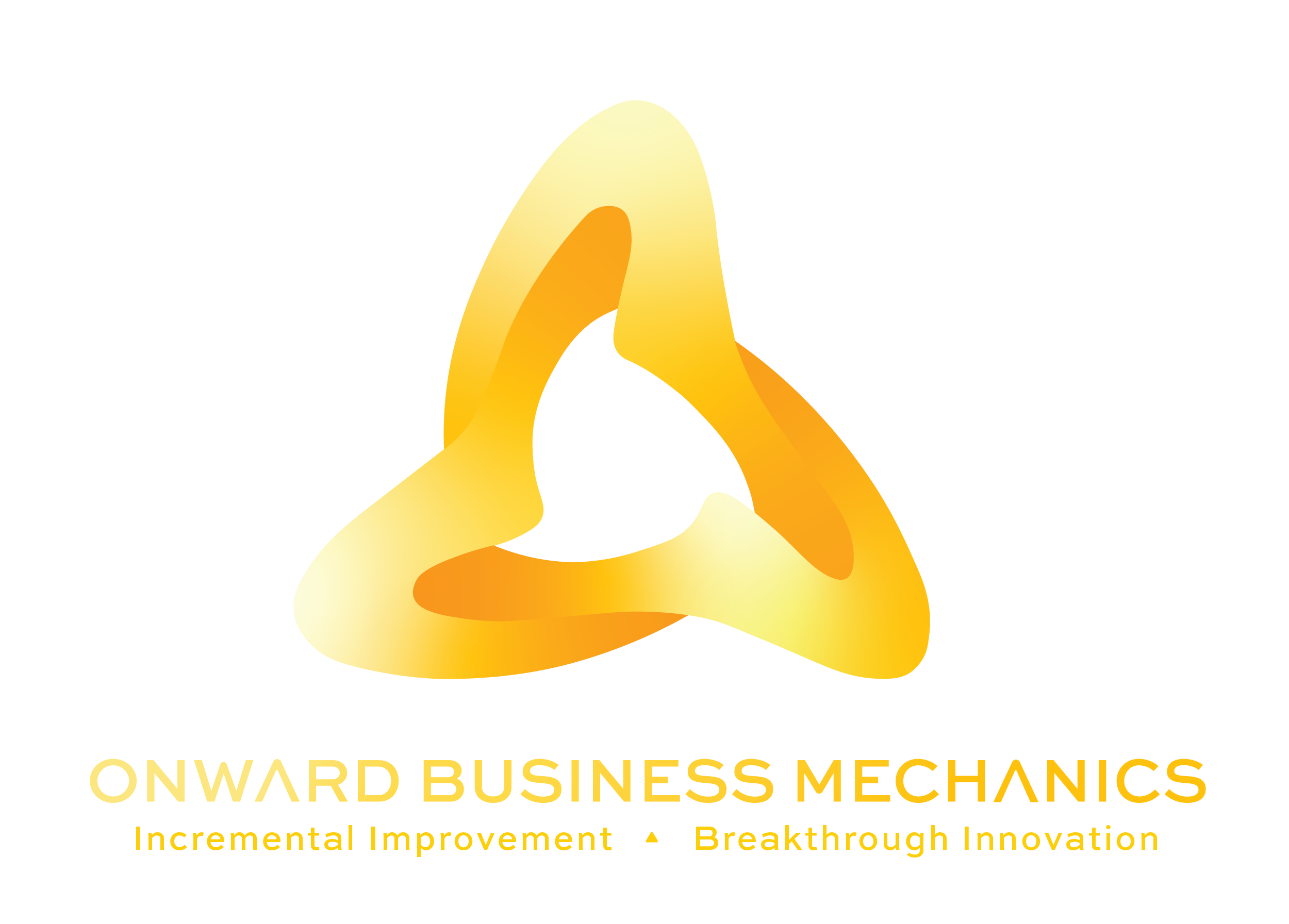I am privileged to know some incredible business leaders. These are guys and girls who are not only open minded, and passionate, but they’re also business leaders devoted to creating lasting impact through their work. A few of them are fellow venture leaders from the Engineers Without Borders Canada community.
One of the things I most value about these people is their ability to think holistically and to embrace, rather than fear, the complexity of human problems. They appreciate the nuanced thinking that is required to generate solutions – and they have the inner confidence to bring in the right people to help with the solution.
It’s all too tempting, I have seen the change work I have done throughout my career, to leap into solution mode much too quickly, before the problem has been completely understood. Great leaders understand the importance of gathering all the data they need to choose the right course of action, and don’t give in to the discomfort of being in ‘problem’ mode rather than ‘fixing’ mode.
I’ve seen awesome leaders implement some amazing systems firsthand. Without exception, fantastic leaders appreciate and value well-structured, proven systems and processes. I want to share with you some of the best systems great leaders have in their arsenal:
- a system that gives team members feedback from their environment. This allows them to track their personal performance and make corrections as necessary.
- A system for clearly communicating work instructions and responsibilities, like a job description or SOP..
- A system to give their team control of immediate work environment (they have the ability and authority to take responsibility)
- A system for clear quality standards; this would entail tangible, clear definitions of what works (what’s good enough) and not. With this information they are empowered to evaluate their own output and avoid wasting time doing too much.
- A system for keeping tools and materials well organized (i.e.: empty space around tools, easy to find tools/spot issues.
- A system that allows workers and supervisors to give and receive feedback.
- A system that creates a sense of ownership – think profit sharing, suggestion systems, promotion on the basis of improvements to the company, quality teams, etc.
- A system that gives workers variety in their jobs with time away from the assembly line in order to get involved in the big picture and be heard. It’s worth noting that whatever the ‘assembly line’ is in your business, whether you’re physically making stuff or have routine virtual work to be done, there’s always a benefit in adding more variety.
Systems are the bones of an organization, and great leaders are always looking to strengthen their internal processes for reducing wasted resources, increasing productivity, morale, energy level.
What systems have you seen that worked?
What systems have you seen that didn’t work?


